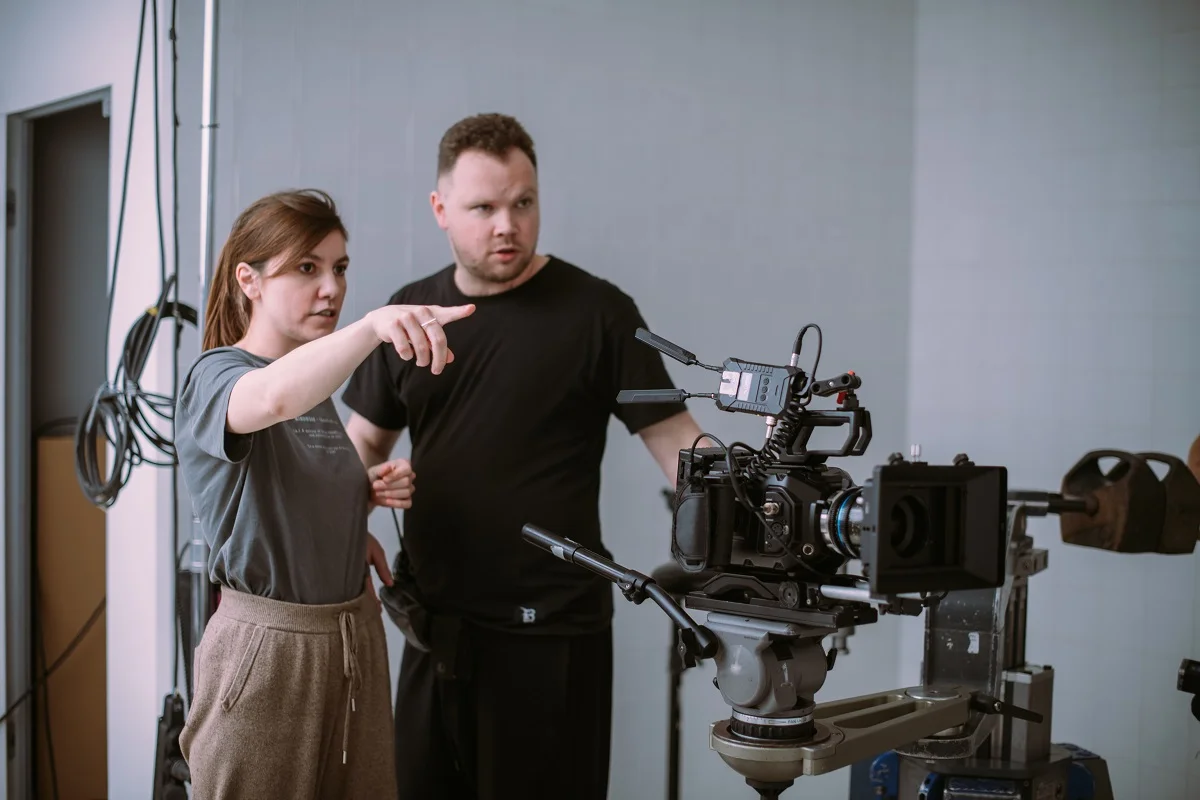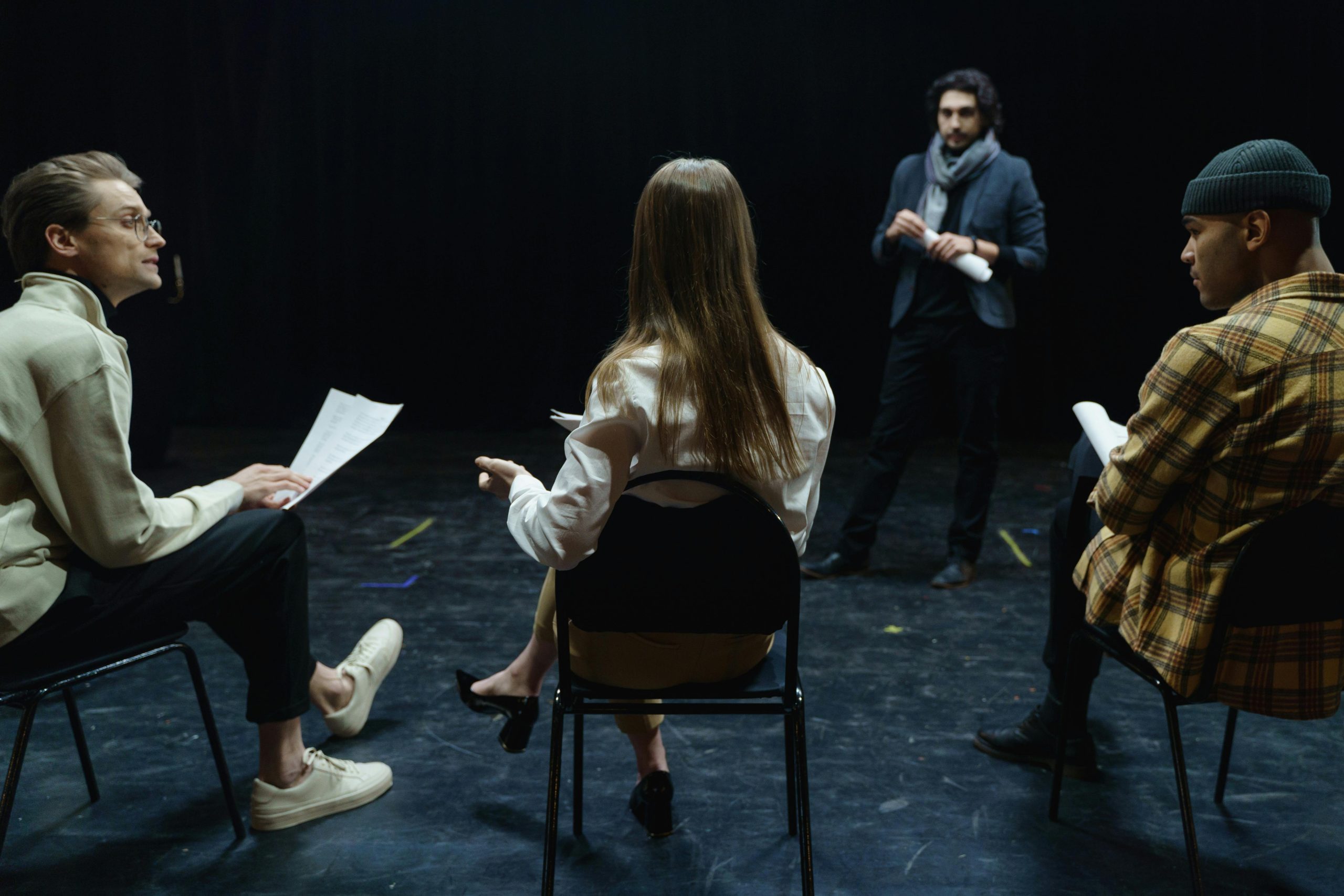Start with a Strong Concept
Before diving into the technical aspects of sound design, it’s essential to have a clear concept for your animation project. Understanding the story, characters, and overall mood of the animation will help guide your sound design decisions.
Whether you’re aiming for a whimsical atmosphere or a dark and suspenseful tone, having a strong concept will inform your sound design choices from the beginning.
Create a Sound Palette
Just as visual artists use a color palette to establish the visual style of their work, sound designers can create a sound palette to define the auditory landscape of an animation. This involves selecting a range of sounds, from ambient noise to character voices to special effects, that will be used throughout the project.
By curating a sound palette that complements the visual elements of the animation, you can enhance the overall immersive experience for the audience.
Utilize Spatial Audio
Spatial audio is a powerful tool for creating immersive animations that transport viewers into a three-dimensional sonic environment. By manipulating the placement and movement of sounds within a virtual space, sound designers can enhance the sense of depth and realism in an animation.
Techniques such as binaural recording and 3D audio processing can help simulate the way sound behaves in the real world, making the viewing experience more engaging and immersive.
Focus on Sound Effects
Sound effects are essential for adding detail and realism to animations. From footsteps to explosions to the rustling of leaves, sound effects help create a sense of presence and atmosphere in an animation.
Experimenting with different sound effects libraries, recording techniques, and audio processing tools can help you find the perfect sounds to enhance the visual elements of your animation.
Pay Attention to Sound Mixing
Sound mixing is the process of balancing and blending different audio elements to create a cohesive and harmonious sonic experience. In animation, sound mixing is particularly important for ensuring that dialogue, music, and sound effects work together seamlessly to support the story and enhance the visuals. By mastering the art of sound mixing, you can elevate the overall quality of your immersive animation projects.
Experiment with Music
Music can have a profound impact on the emotional tone and pacing of an animation. Whether it’s a sweeping orchestral score, a catchy pop tune, or a subtle ambient track, the right music can elevate the viewer’s experience and create a connection with the visuals on screen.
Collaborating with composers or music producers to create original soundtracks can add a unique and memorable element to your animation projects.
Use Foley Artistry
Foley artistry involves creating custom sound effects by recording everyday sounds in a controlled environment, such as footsteps on different surfaces, the rustling of clothing, or the clinking of glasses.
By incorporating foley sound effects into your animations, you can add a level of detail and authenticity that enhances the overall immersive experience for viewers. Experimenting with foley techniques and tools can help you create realistic and engaging soundscapes for your animation projects.
Embrace Creative Sound Design
While technical proficiency is essential in sound design, don’t be afraid to think outside the box and experiment with unconventional techniques. Whether it’s manipulating audio recordings, layering sounds, or using sound synthesis tools, embracing creativity in your sound design process can lead to innovative and memorable results. By pushing the boundaries of traditional sound design, you can create animations that stand out and captivate audiences.
Seek Feedback and Collaboration
Sound design is a collaborative process that benefits from feedback and input from others. Whether you’re working with animators, directors, or other sound designers, seeking feedback on your work can help you refine your techniques and improve the overall quality of your animations. Collaborating with others can also provide fresh perspectives and new ideas that can inspire your sound design creativity.
Continuously Learn and Improve
The field of sound design is constantly evolving, with new technologies and techniques emerging all the time. To stay at the top of your game, it’s essential to continuously learn and improve your skills as a sound designer. Whether it’s attending workshops, taking courses, or experimenting with new tools and software, investing in your professional development can help you stay competitive in the fast-paced world of immersive animation.
Conclusion
By mastering sound design techniques for immersive animation, you can create captivating and memorable experiences that engage audiences on a deeper level. Whether you’re working on a short film, a video game, or a virtual reality project, incorporating these sound design techniques can elevate the quality of your animations and leave a lasting impression on viewers.
Experiment, collaborate, and continue to refine your skills as a sound designer to unlock the full potential of immersive animation projects.
Key Takeaways:
- Starting with a strong concept is crucial for guiding sound design decisions in immersive animation projects.
- Creating a sound palette can enhance the overall immersive experience by curating a range of sounds that complement the visuals.
- Utilizing spatial audio techniques like binaural recording can transport viewers into a three-dimensional sonic environment.
- Sound effects add detail and realism to animations, from footsteps to explosions, enhancing the viewing experience.
- Paying attention to sound mixing ensures a cohesive blend of audio elements to support the story and visuals.
- Experimenting with music can profoundly impact the emotional tone and pacing of animations.
- Foley artistry creates custom sound effects for added authenticity and detail in immersive animations.
- Embracing creative sound design techniques can lead to innovative and memorable results.
- Seeking feedback and collaboration with others can help refine sound design techniques.
- Continuous learning and improvement are essential to staying competitive in the evolving field of sound design for immersive animation.
For further exploration of sound design techniques in immersive animation, consider taking the Yellowbrick online course and certificate program, “NYU Animation Industry Essentials.” Elevate your skills and expertise in sound design to create captivating and engaging immersive animation experiences.








